In truth, I didn’t buy the Beetleback. Not all of it anyway. I paid £30 for a 60% interest and a similarly car-obsessed schoolmate called Pete forked over the other £20. We were 16, unlicensed, still at school, and the money was our lives’ savings. Buying that car was the kind of dopey thing you couldn’t do now — and we shouldn’t have done then — but when you lived in the outback Australian town of my childhood, with its mile-wide streets, haphazardly scattered houses, sleepy policemen, vacant allotments all over the place — and bushland stretching from our town for hundreds of miles in every direction — you could get away with it.
The car, a chalky-grey US-built sedan with suicide doors and six turns from lock to lock, was battered but reasonably fit when it began life with us. My grandfather had owned several, and I reckoned (without having anything to compare it with) that the Beetleback was close to being the world’s greatest car. Even when it was already 17years old and ravaged by many years of bush driving, with 165,000 miles on the clock.
We bought it via a small-ad in the local paper with a few months of registration left, never giving a thought to insurance. And we were immensely proud of it. Either Pete or I would drive it to school each day, leaving it on a vacant allotment just over the hill, away from the eyes of our teachers who would surely have hit the roof. As would our parents, from whom we managed to conceal its existence for the three months we owned it, our last three months at school.
We became undercover heroes with a lot of boys and took a favoured few for rides: there was always a queue. The girls were a lot less sure about the project. They provided proof of the theory that girls grow up faster by having a far clearer perception of how many people we were deceiving, and how many laws we were breaking.
Heedless of all that, we had fun. We drove as far and fast as our pocket-money would allow, setting records in local filling stations for the smallest amounts of petrol ever bought. The old Ford sounded amazing (courtesy of a large rust-hole in the silencer) and the oily old bent-eight was ridiculously torquey so we thought it was fast. The three-on-the-tree gear change was always a challenge (no synchromesh) and the clutch tended to overheat and stink the cabin out. We bounced over many miles of out-of-town bush tracks, every bump amplified by the non-independent front suspension and the trampoline of a front bench seat, and we learned quickly about dirt-roads oversteer, what with all that wheel-twirling and no power assistance.
Then things started going wrong. The mechanical fuel pump’s diaphragm ruptured and we couldn’t find a replacement, so we drilled holes in the bonnet and wired an old motorcycle oil tank (capacity 0.5 gallons) in place to gravity-feed the Ford’s Stromberg 97 carburettor via a plastic fuel line. That meant making stops every four or five miles (we were averaging 10mpg) to replenish the tiny tank from a jerrycan in the boot, but even this hardly hindered our enjoyment.
On the last day of school, without warning, the Beetleback’s engine blew up. Like all schools, we had a final day shindig before everyone went off to study for exams and ours (after an early, necessarily brief episode pulling doughnuts in the school quadrangle) was a large, unruly out-of town picnic. On the way back, while going pretty hard, the V8 started emitting loud clanking noises. The cabin filled with white smoke and we coasted to a halt at the edge of town.
We never drove the Ford again. We didn’t even establish for certain what went wrong, though I’m pretty sure it was something like a holed piston. The engine block was intact and there was no more than the usual amount of oil on the floor. I managed to sell the car for £15 (£9 for me, £6 for Pete), negotiating with the prospective new owner through my bedroom window while ostensibly studying. The bloke had heard about our engine lunching itself and wanted to use the rest of the car for spares. He put a rope around the front axle and towed it out of our lives.

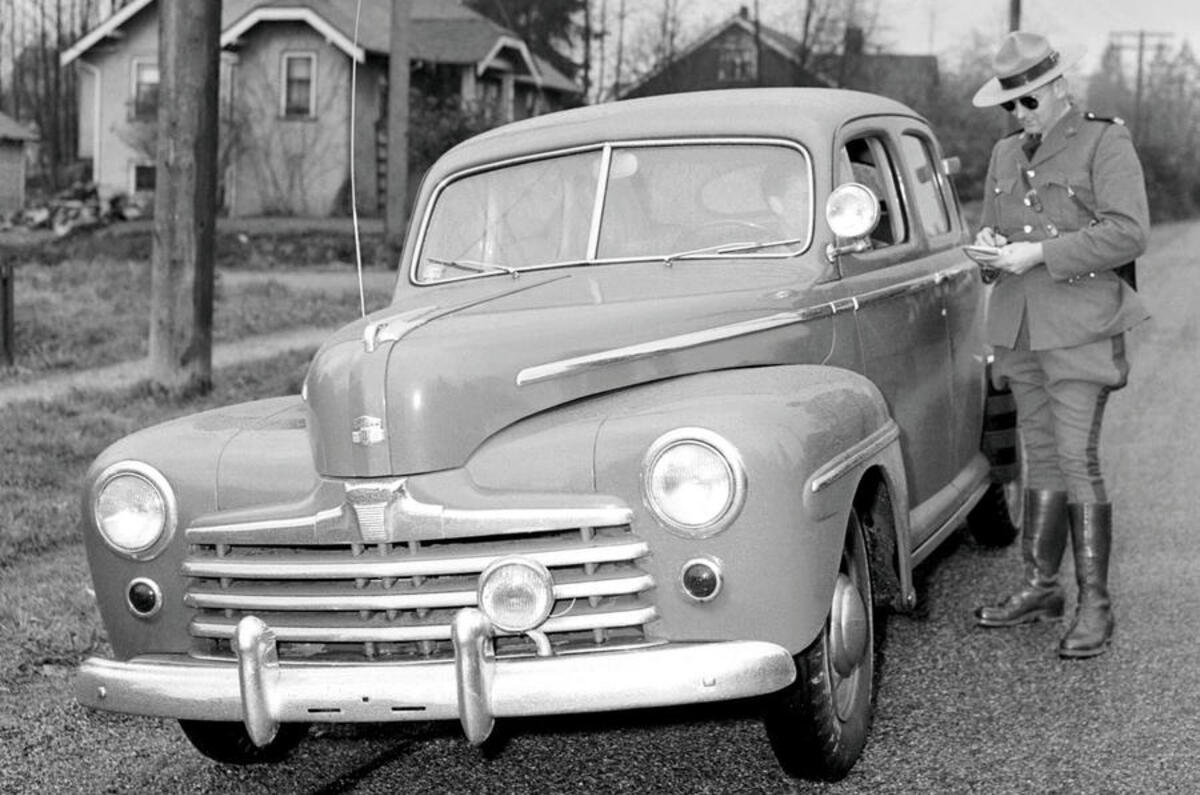
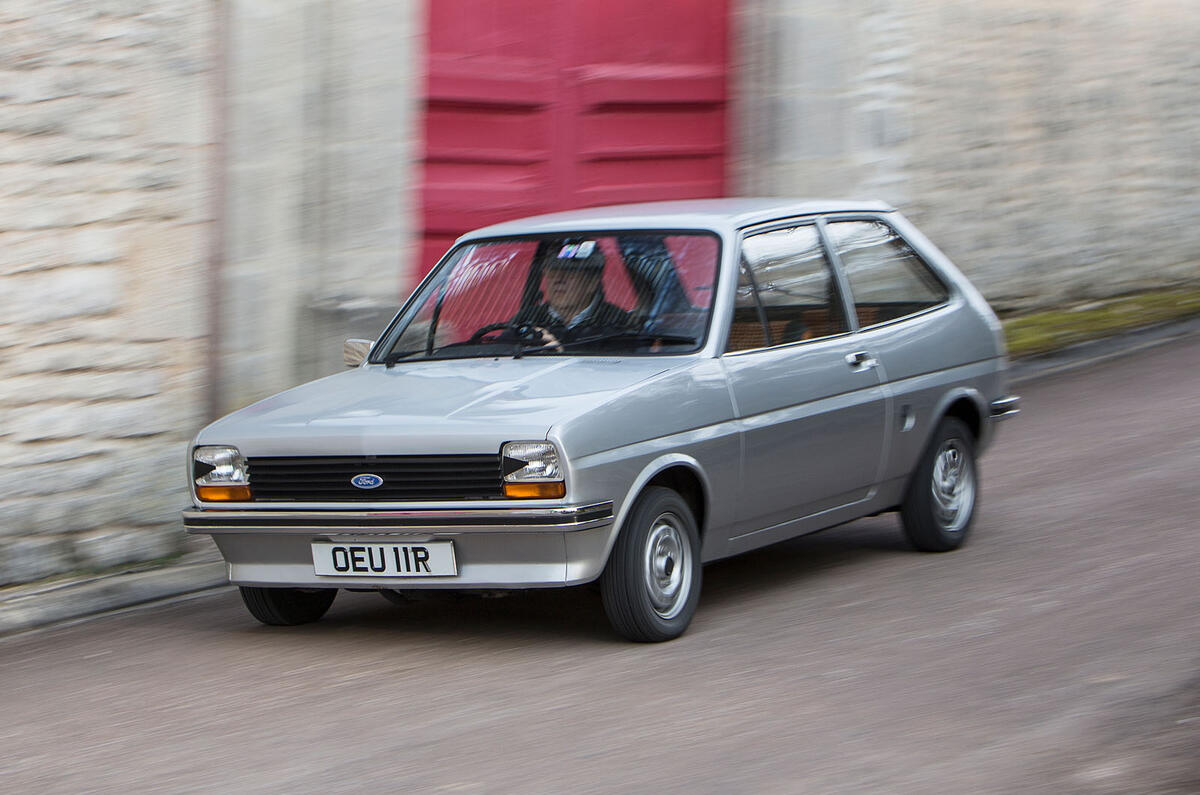
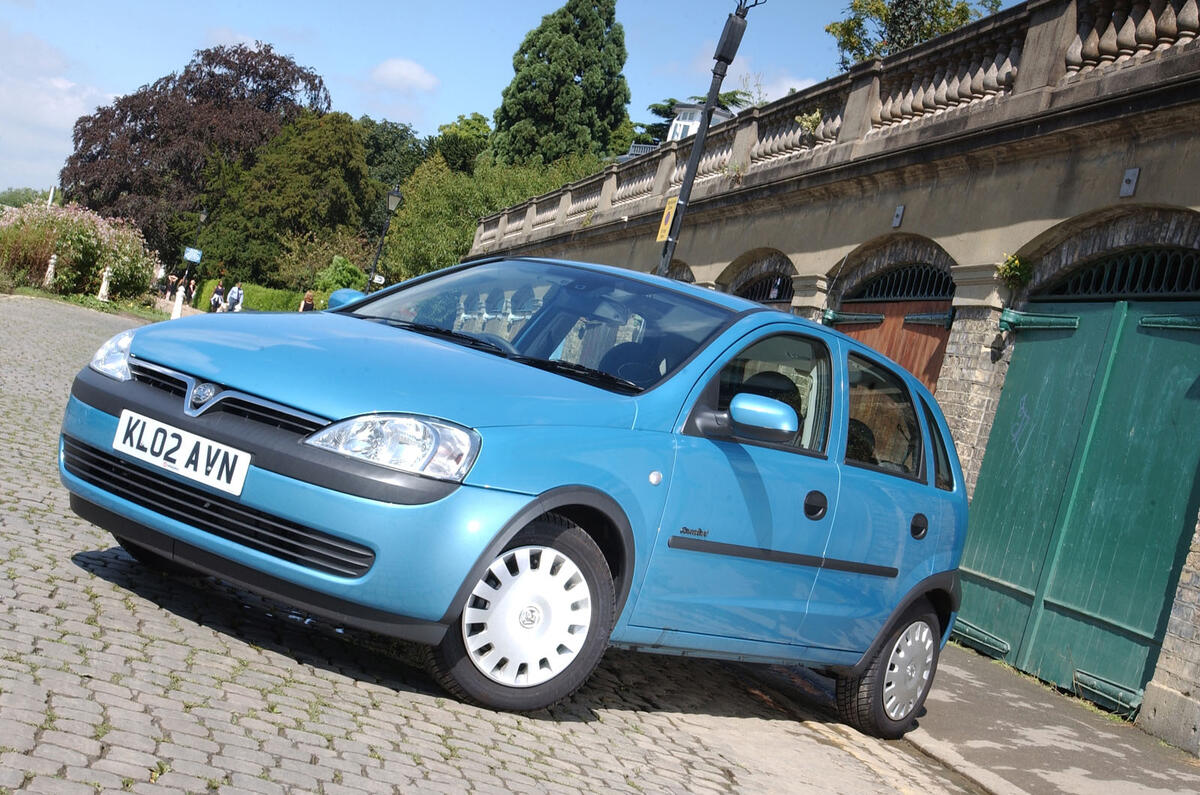
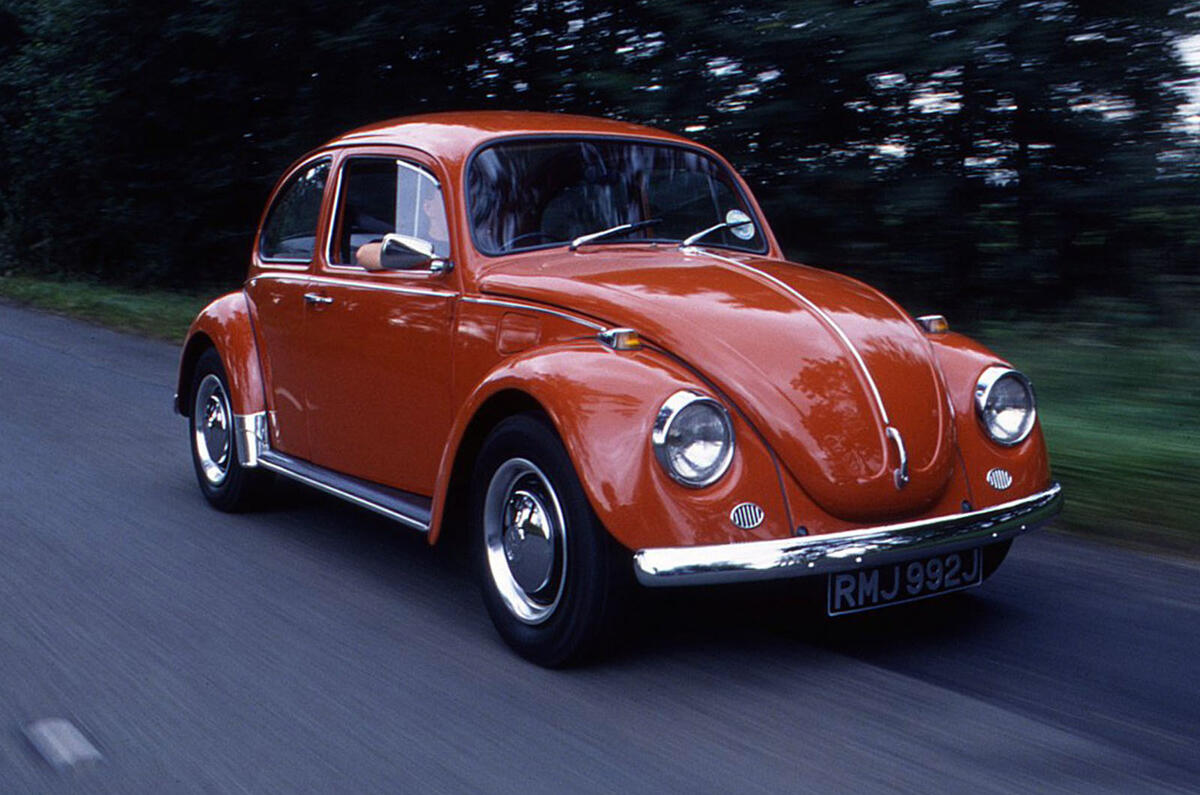
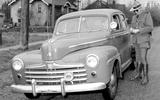
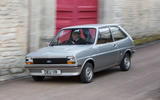
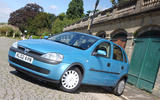

Add your comment